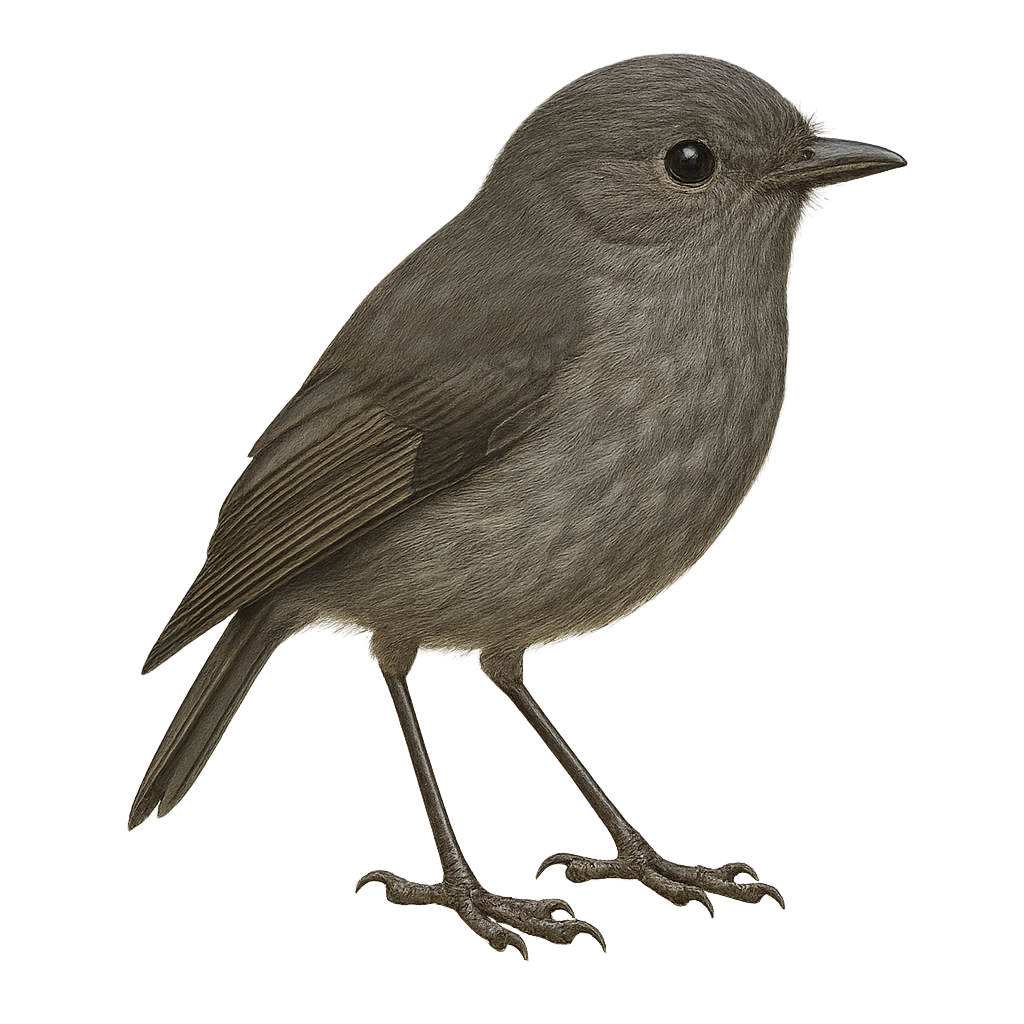Your wildlife photography guide.
Explore the long-legged flyrobin in detail, study its behavior, prepare your shots.
Where to observe and photograph the long-legged flyrobin in the wild
Learn where and when to spot the long-legged flyrobin in the wild, how to identify the species based on distinctive features, and what natural environments it inhabits. The WildlifePhotographer app offers tailored photography tips that reflect the long-legged flyrobin’s behavior, helping you capture better wildlife images. Explore the full species profile for key information including description, habitat, active periods, and approach techniques.
Long-legged Flyrobin
Scientific name: Petroica longipes

IUCN Status: Least Concern
Family: PETROICIDAE
Group: Birds
Sensitivity to human approach: Suspicious
Minimum approach distance: 5 m
Courtship display: September to November
Incubation: 14-16 jours
Hatchings: September to December
Habitat:
Dense forests, wooded areas
Activity period :
Primarily active during the day, with peak activity in the morning and late afternoon.
Identification and description:
The Petroica longipes, commonly known as the Long-legged Flyrobin, is a small bird from the Petroicidae family. It is endemic to New Zealand, primarily inhabiting dense forests and wooded areas. This passerine is distinguished by its black and white plumage, with a striking white breast and relatively long legs that give it an elegant appearance. The Long-legged Flyrobin is an insectivore, feeding mainly on small insects and spiders caught on the ground or low branches. It is known for its melodious song and elaborate courtship displays. Although its habitat is limited, it is not currently considered threatened.
Recommended lens:
400 mm – adjust based on distance, desired framing (portrait or habitat), and approach conditions.
Photography tips:
To photograph the Long-legged Flyrobin, opt for a 400mm lens or longer to capture precise details without disturbing the bird. Look for wooded areas where it is active, and be patient to observe its natural behaviors. Morning is often the best time to see it, as it is more active during this period. Use a tripod to stabilize your camera and adjust your shutter speed to capture its quick movements.
The WildlifePhotographer App is coming soon!
Be the first to explore the best nature spots, track rutting seasons, log your observations, and observe more wildlife.
Already 1 430 wildlife lovers subscribed worldwide

